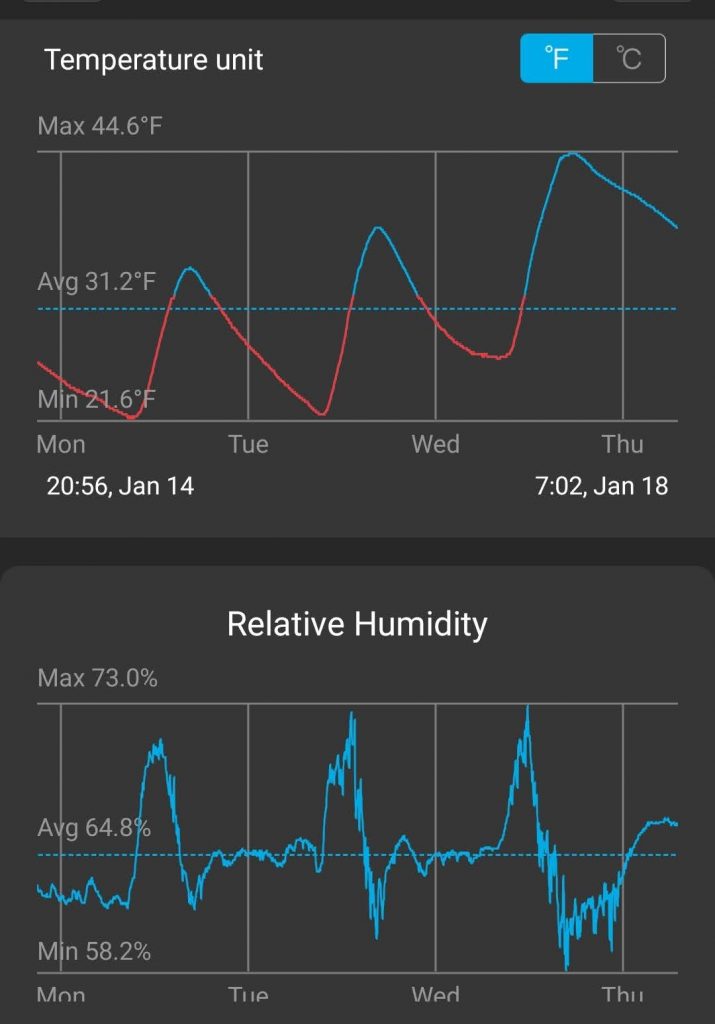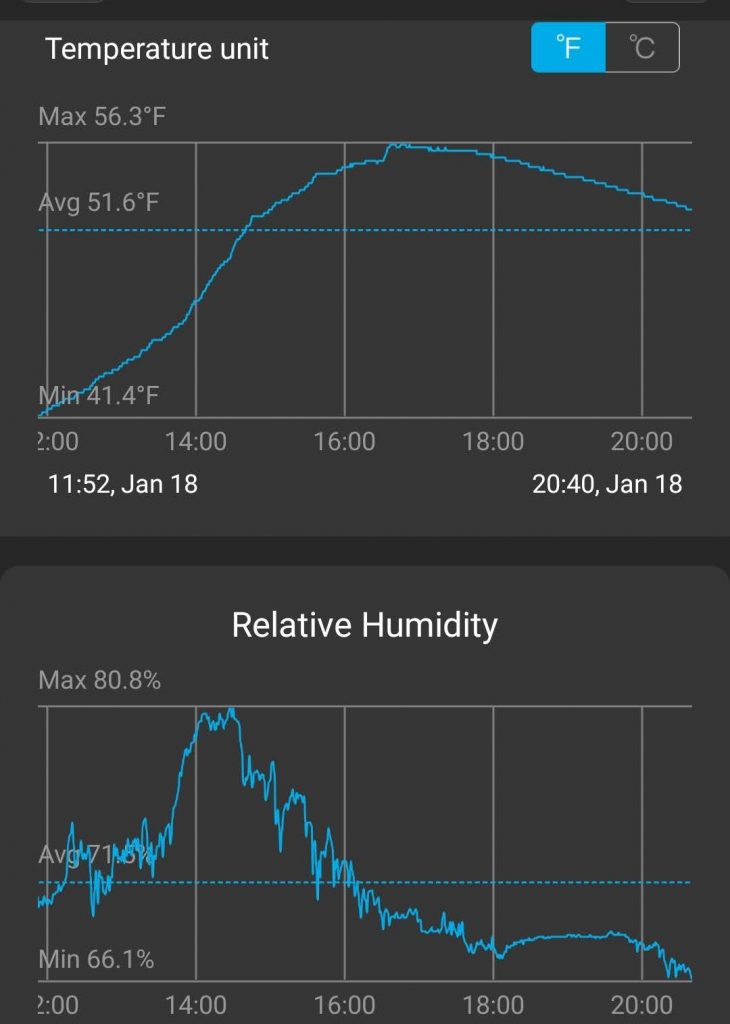In a previous article, I evaluated the concept of a “smart hive” and the benefits we, as beekeepers, could possibly gain by using the technology. In this article I provide an overview of my initial implementation of this concept.
There are several products currently being marketed that provide off-the-shelf technology for a connected beehive. (This list is not exhaustive and there is no implied endorsement of any product in this list.)
I chose a more simplistic approach, one that is not specifically designed for beehives but provides useful, if not basic, data.
A few years ago, I was asked to troubleshoot technology issues at the Insect Adventure at Oklahoma State University. While I had worked in OSU Agriculture for a couple decades, this was my first introduction to the facility. It was an amazing place, and, if you are in the area I highly suggest a visit! About their technology issue: they purchased a wireless device that measured temperature and humidity in their storage facility. Their device was a Govee Wi-Fi Thermo-Hygrometer. (They actually purchased a couple of the devices and placed them in various areas of the building.) After this introduction, I realized its usefulness and decided to purchase one for personal use in a beehive in my apiary.
An important note is that my beehive where I’ve placed the Govee is close to my wireless network. With the device being connected, I use the Govee app (free) to view the temperature and humidity inside the beehive.. For example, two screenshots from the app:


During the winter, the colony will, of course, form a cluster. For a couple reasons, it is impossible to determine the temperature at the core of this cluster with the Govee:
- The device is large-ish. It measures 3.27″ (w) x 3.15″ (l) x 1.14″ (d).
- The cluster will move during the winter, beginning in late fall to early spring when temperatures warm. My Govee is statically placed inside the hive and is not mobile.
Even though I cannot get a measurement of temperature at the core of the bee cluster, the Govee device measures an ambient temperature which is valuable (to me, at least).
I’ve found the internal temperature reading with the Govee usually measures 12-20°F warmer when the external (air) temperature is less than approximately 50°F. When the air temperature is less than approximately 20°F, the Govee will register approximately 25°F; when the air temperature is above 80°F, the Govee will register approximately 10°F warmer.
This difference between the external, air temperature and the beehive’s internal temperature is, of course, due to the colony. When the air temperature is between approximately 25°F and 50°F, the bee cluster has formed and warms the brood, queen and colony. At temperatures less than ~25°F, the cluster is very tightly balled and the ambient temperature is reduced. Greater than ~80°F, the internal temperature may require the bees to begin ventilating and moving the air, especially if a ventilation hole is not available at the top of the hive.
However imperfect these measurements may be, they are indicative of life inside the beehive. Internal temperature data also helps me understand how insulation impacts the colony’s ability to maintain warmth. Ideally, I want to mimic the environment the bees would occupy in the wild, where they choose a habitat that provides sufficient insulation, ventilation and protection. If I can provide more protection from environmental elements, I can increase their ability to thrive. The data helps me better understand how this may be possible.
If you have are interested in temperature and/or humidity data and your prospective hive is close to a wireless network, look at the Govee as a potential source for temperature and humidity measurements.